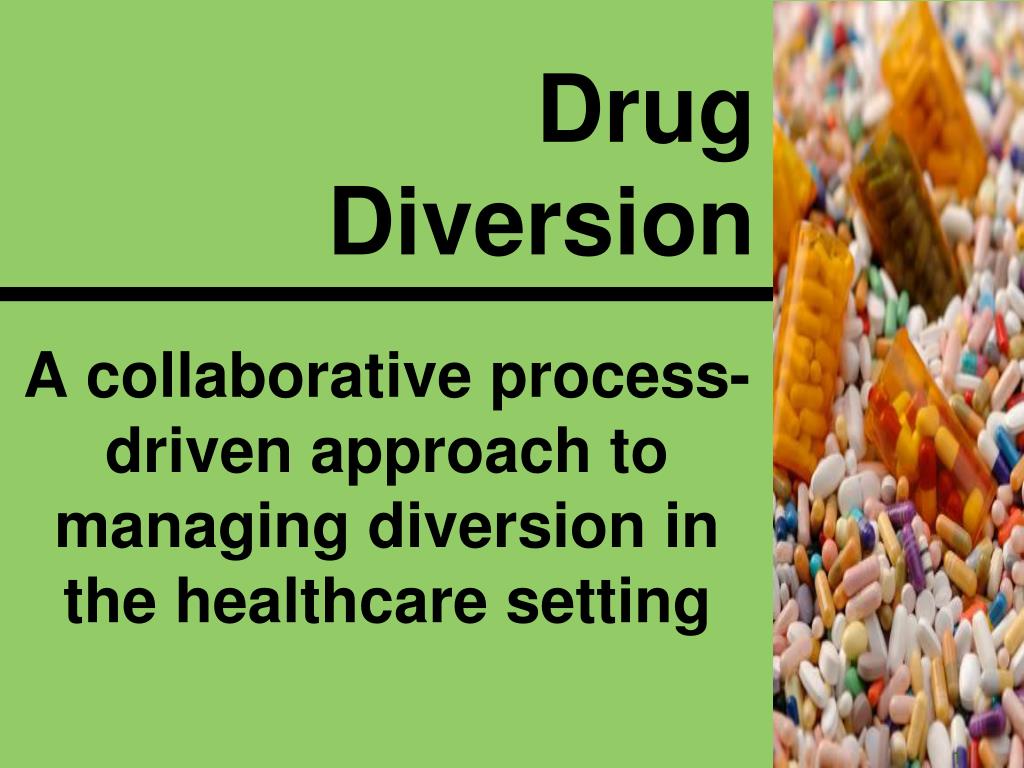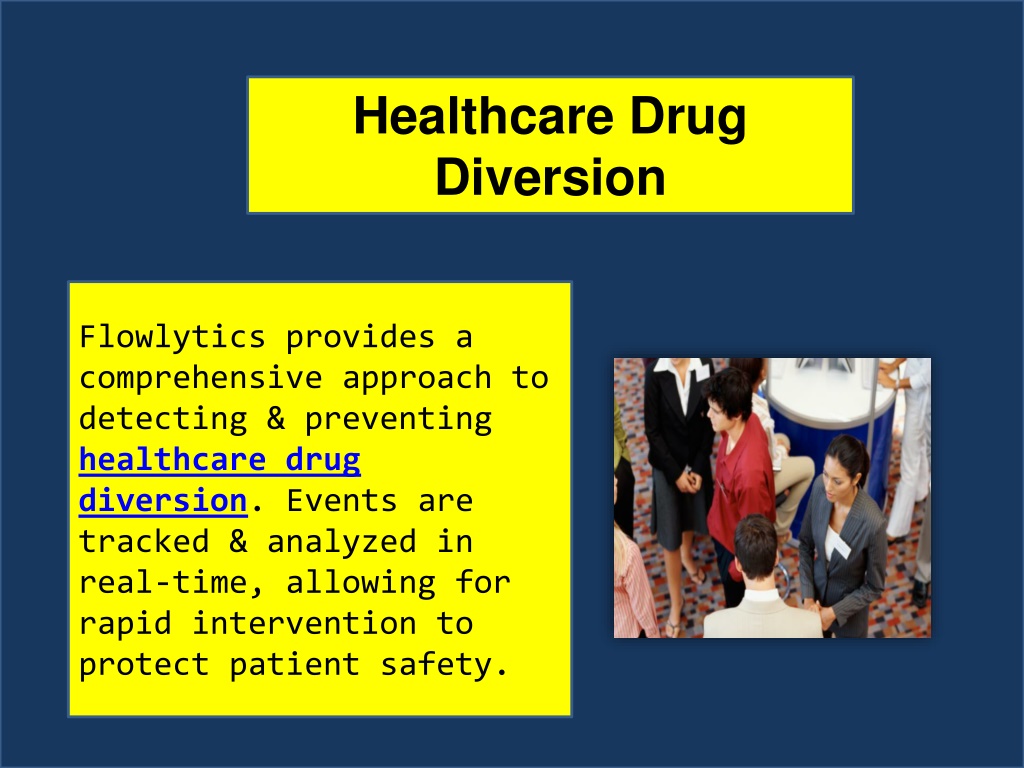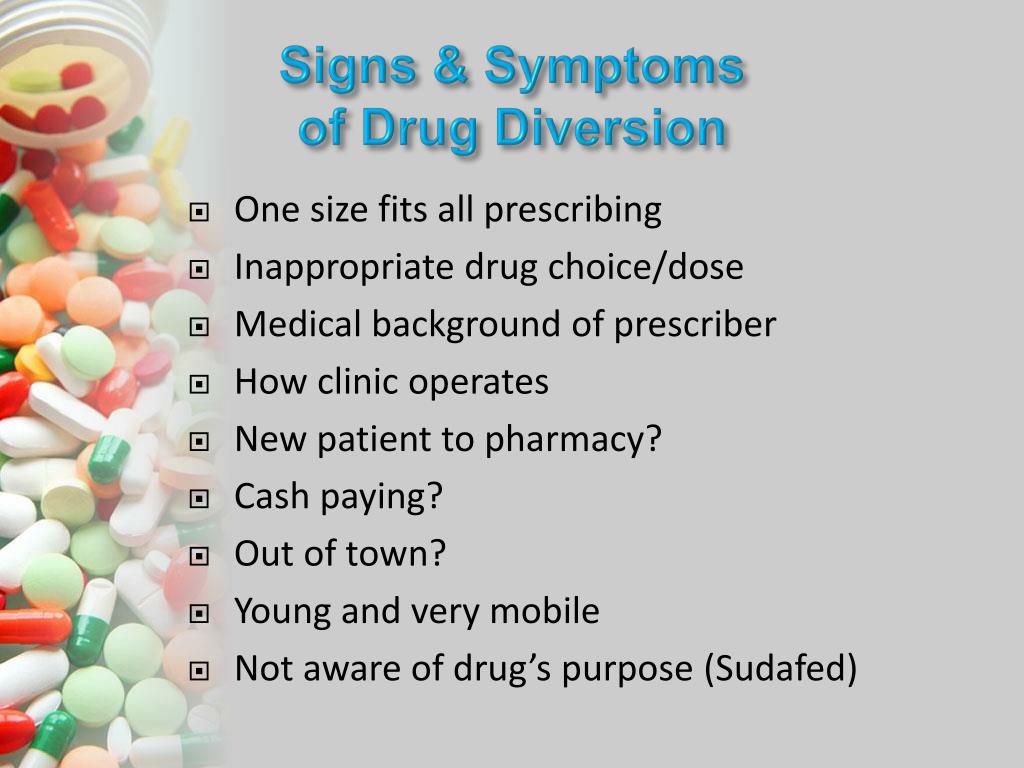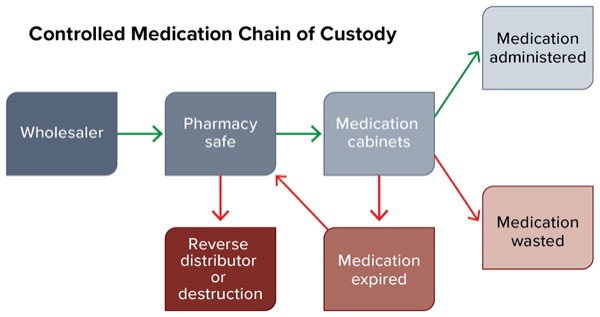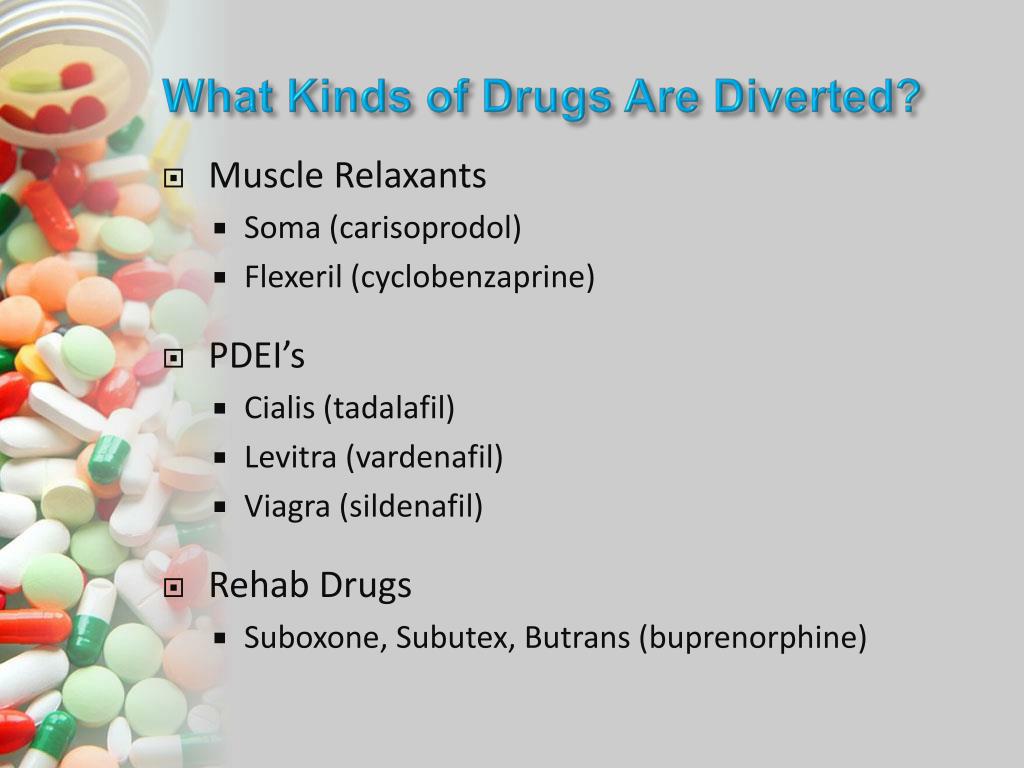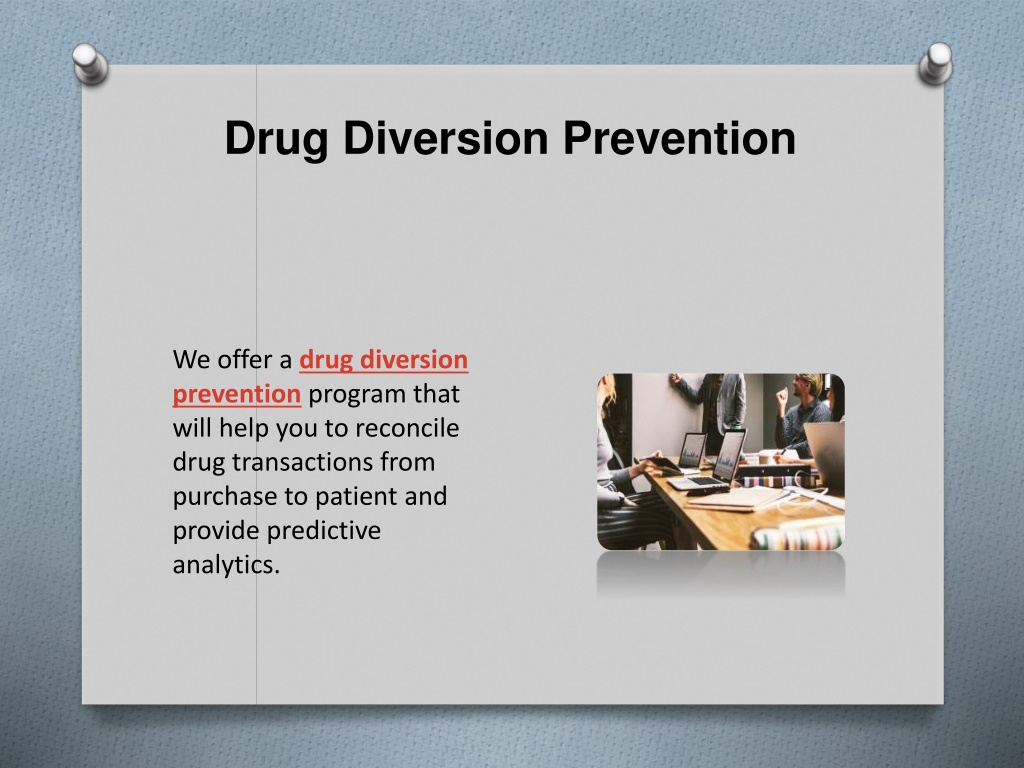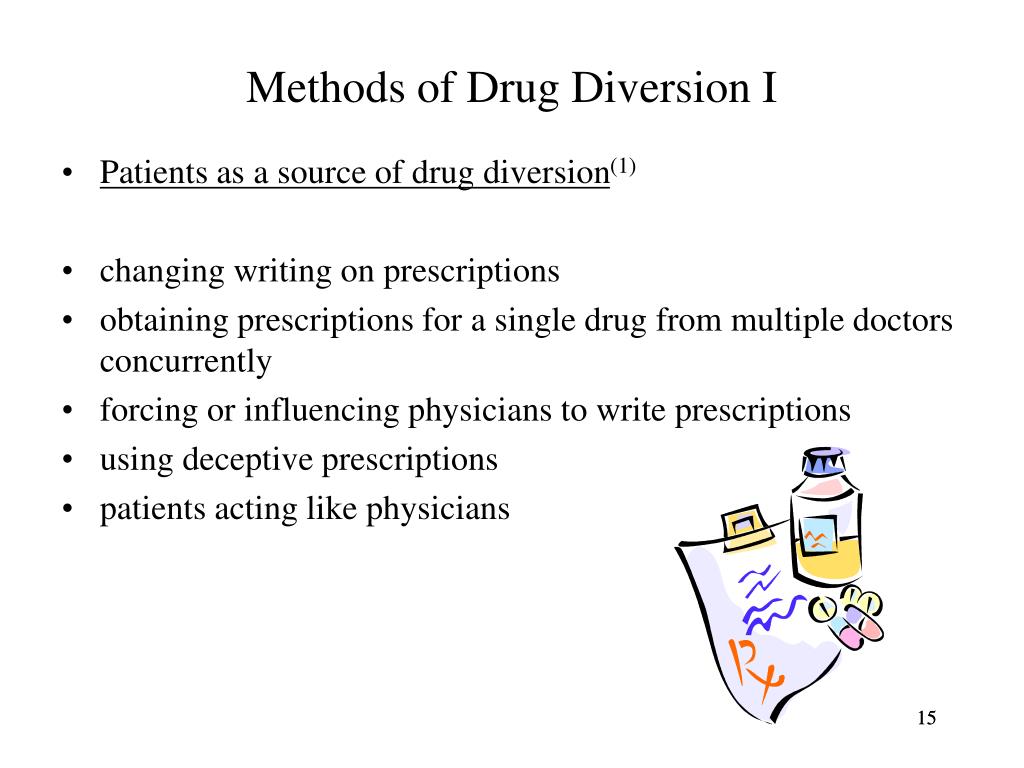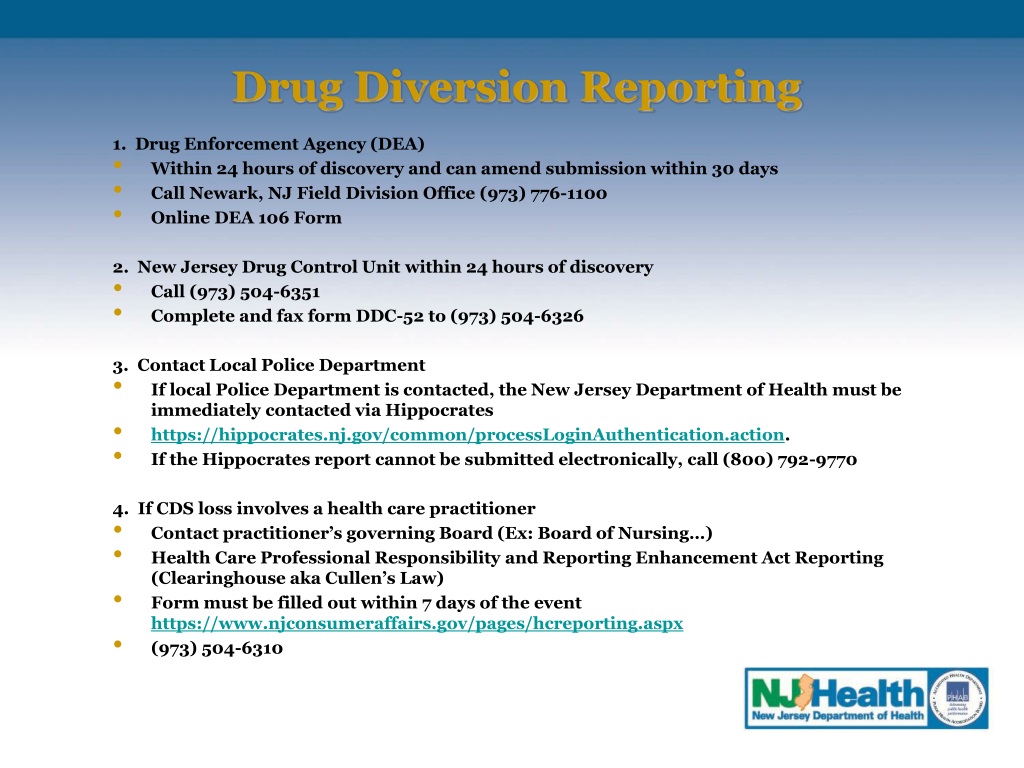Common Factors Associated With Drug Diversion

The quiet epidemic of drug diversion continues to plague healthcare facilities and communities across the nation. What starts as a means to alleviate personal struggles can quickly spiral into a complex web of deception, endangering patients and undermining the integrity of the medical profession.
The consequences are far-reaching, impacting patient safety, institutional liability, and public trust. The ease with which prescription drugs can be accessed within a healthcare setting makes it a prime target for individuals struggling with substance abuse or those seeking financial gain.
Understanding the Roots of Drug Diversion
Drug diversion is the illegal channeling of prescription medications from legitimate sources to an unauthorized recipient. This includes theft, forgery, and other deceptive practices aimed at obtaining controlled substances outside the scope of normal medical practice.
This article will explore the common factors that contribute to drug diversion, drawing upon data from regulatory bodies, research studies, and expert insights to provide a comprehensive overview of this pervasive problem.
Access and Opportunity: The Gateway to Diversion
Unfettered access to controlled substances is arguably the most significant risk factor for drug diversion. Healthcare professionals, particularly those with prescribing privileges or medication administration responsibilities, are uniquely positioned to divert drugs.
Nurses, pharmacists, physicians, and pharmacy technicians have routine access to a wide range of medications, creating opportunities for theft or manipulation. Inadequate security measures, such as poorly monitored medication cabinets or loose inventory controls, further exacerbate the problem.
"The inherent access that healthcare workers have to controlled substances creates a perfect storm for diversion, especially when coupled with other risk factors," explains Dr. Emily Carter, a leading researcher in drug diversion prevention.
Personal Struggles: The Human Element
While access provides the means, personal struggles often provide the motivation. Substance abuse disorders, mental health issues, and financial pressures are all common threads among individuals who engage in drug diversion.
The stress and burnout prevalent in healthcare professions can contribute to self-medication with controlled substances, leading to addiction and, ultimately, diversion to support the habit. Difficulty coping with professional demands, long hours, and exposure to patient suffering can create a vulnerable environment for substance abuse.
According to a study published in the Journal of Nursing Management, nurses with high levels of job-related stress were significantly more likely to report using prescription medications for non-medical purposes.
Lack of Oversight: The Systemic Weakness
Weaknesses in institutional oversight and monitoring systems can create fertile ground for drug diversion to flourish. Inadequate inventory controls, lax auditing practices, and insufficient training on diversion prevention can allow the problem to go undetected for extended periods.
Many facilities lack robust electronic medication management systems, relying instead on manual processes that are prone to errors and manipulation. Furthermore, fear of reprisal or lack of awareness of reporting procedures can deter employees from reporting suspected diversion activities.
A 2022 report by the Drug Enforcement Administration (DEA) highlighted the critical need for healthcare facilities to implement comprehensive diversion control programs, including regular audits, employee training, and secure medication storage.
Enabling Environment: The Culture of Silence
A culture of silence or fear within a healthcare organization can also contribute to drug diversion. When employees are hesitant to report suspicious behavior due to fear of retaliation or a perceived lack of support from management, diversion can continue unchecked.
Moreover, a lack of clear policies and procedures for addressing suspected diversion can create confusion and inaction. Addressing this requires fostering an environment of open communication and accountability where employees feel empowered to speak up without fear of retribution.
"Creating a culture of safety and transparency is paramount in preventing drug diversion," emphasizes Sarah Jones, a healthcare compliance officer. "Employees need to know that their concerns will be taken seriously and that reporting suspected diversion is the right thing to do."
Financial Gain: The Dark Side of Diversion
In some cases, drug diversion is motivated by financial gain. Diverted medications can be sold on the black market for significant profits, particularly highly sought-after opioids and benzodiazepines.
Individuals may engage in sophisticated schemes to divert large quantities of medication, including creating fraudulent prescriptions or exploiting vulnerabilities in the supply chain. The financial incentive can be particularly strong for those facing economic hardship or seeking to fund other illicit activities.
Law enforcement agencies have reported cases of organized crime rings infiltrating healthcare facilities to divert drugs for resale, highlighting the severity of this issue.
Moving Forward: Prevention and Mitigation Strategies
Addressing drug diversion requires a multi-faceted approach that focuses on prevention, detection, and response. Implementing robust medication management systems, providing comprehensive employee training, and fostering a culture of accountability are essential steps.
Regular audits of medication inventory, along with enhanced surveillance technologies, can help detect diversion activities early on. Healthcare facilities must also have clear policies and procedures for reporting and investigating suspected diversion, ensuring that appropriate disciplinary action is taken when necessary.
By understanding the common factors associated with drug diversion and implementing proactive strategies, healthcare facilities can protect patients, safeguard their reputations, and contribute to the fight against substance abuse.
